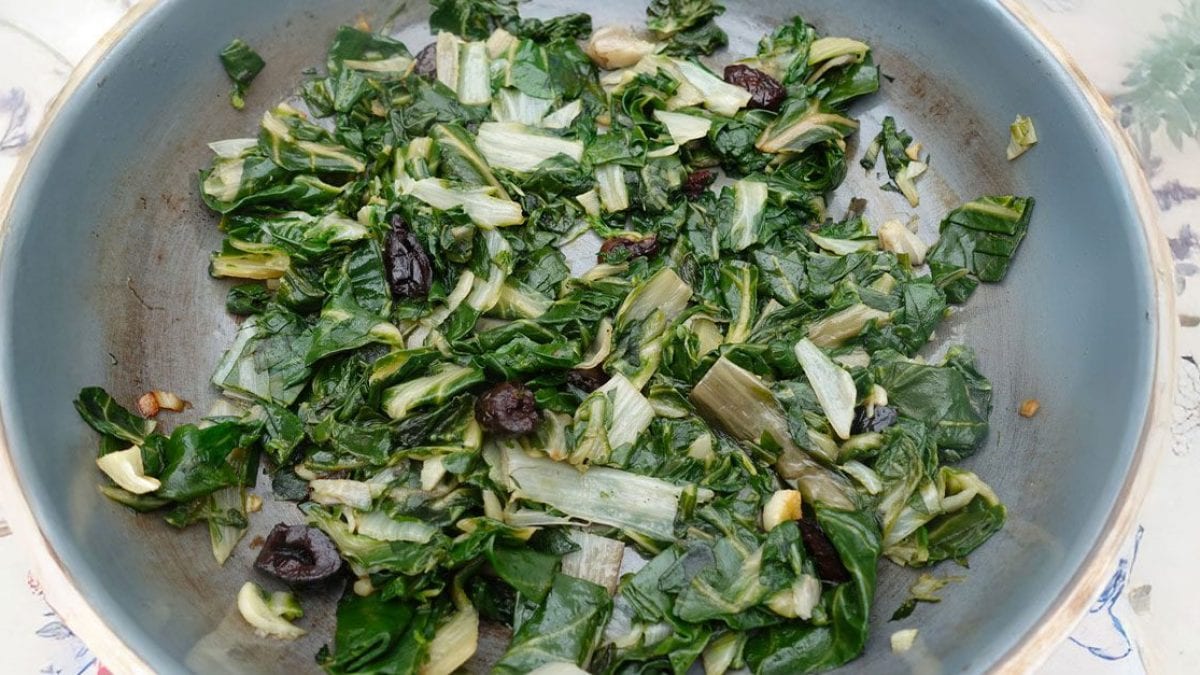
A pet name that immediately brings to mind healthy and genuine recipes, often linked to popular and peasant tradition: when greens appear, it's spring. In the kitchen, this word tends to identify chard, a close relative of Swiss chard, the protagonists of appetizers, main and side dishes. One of the most classic green leafy vegetables, like spinach, characterized by a slightly bitter flavor and a wealth of beneficial properties: a source of calcium and vitamin K, they strengthen the health of bones, the nervous system, skin and hair. In addition, it is a diuretic vegetable, low in calories and that promotes a sense of satiety. Chards are available from April to November on fruit and vegetable shelves, but also in frozen version, so you can use them all year round. Let's get to know them better.
What Are Chards?
In cooking, the term "chard" typically refers to a type of leafy green vegetable from the large Amaranthaceae family, most commonly known as Swiss chard. Swiss chard has large, sturdy leaves and thick, often colorful stems, while the variety known as "herb chard" has smaller, more tender leaves and thinner, delicate stems with a mild flavor and slight bitterness. While the term "herbs" is often used to describe various leafy greens, in different parts of the U.S., it can also refer to vegetables like spinach, baby spinach, turnip greens, or even wild greens that grow naturally in the region.
How to Recognize Wild Greens
Wild chard, also known as a variety of Beta vulgaris, grows naturally in fields and is part of the herbs category. It’s easy to identify because its green, smooth leaves resemble cultivated chard but without the wrinkles. This wild green is often used in traditional peasant dishes, valued for centuries for its earthy flavor. It can be found growing in meadows, ditches, and forest edges. Popular wild greens like dandelion, nettle, borage, and wild chicory are frequently used to make side dishes, risottos, pastas, stuffed pasta, lasagna, omelettes, and savory pies.
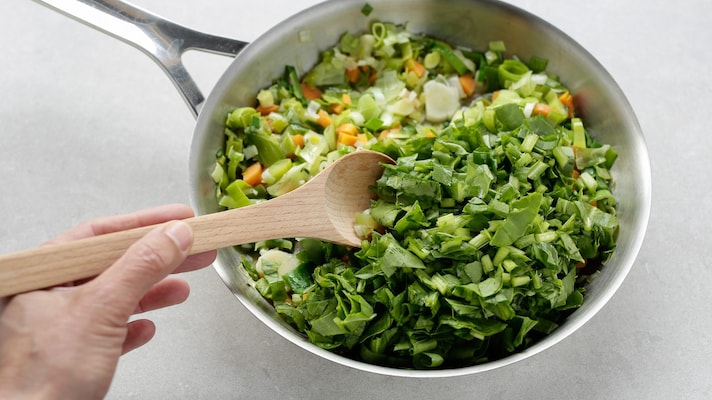
How to Cook Wild Chard: Methods and Ideas for Using Them
Boiled, sautéed, steamed, served plain with a little oil and lemon, or as delicious fritters or baked au gratin with béchamel sauce: Swiss chard is versatile both in cooking and in pairings, from dairy products and fresh cheeses to cured meats, legumes and fish. Here are some ideas for simple, yet highly satisfying recipes.
1. Boil or Blanch
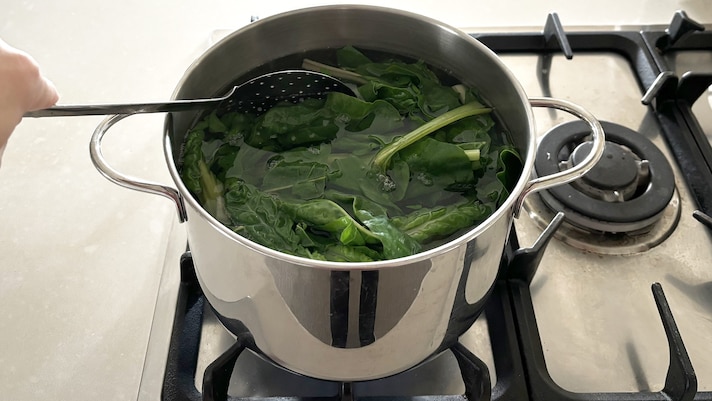
Boiling is one of the most common methods for cooking chards, especially if you have large quantities. After washing them carefully to remove impurities and any soil residue, immerse them in boiling salted water for about 3-5 minutes, just long enough to soften them. Drain them, then squeeze them in a cloth or press them with a slotted spoon to remove excess water. Swiss chard thus becomes the basis of various preparations, from dressings to fillings, but also a ready-to-eat side dish, completed with a drizzle of oil and a few drops of lemon.
2. Pan-Fry
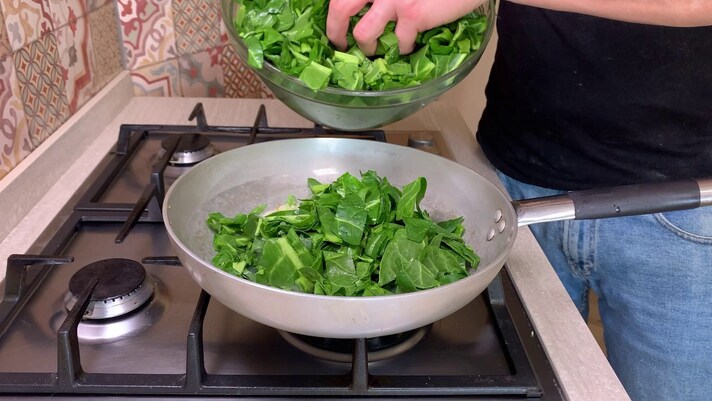
Sautéing herbs in a pan (or wok) is a tasty method that allows you to give an extra boost with just a few ingredients: pour a drizzle of extra virgin olive oil, a clove of garlic or finely chopped onion and then add the previously cleaned whole leaves. If you like, add some fresh chili pepper at the beginning. After about ten minutes on a low flame, the herbs will be ready to be served alongside a main dish of fish, meat, eggs or cheese or to enrich an omelette or garnish bruschetta.
3. Steamed
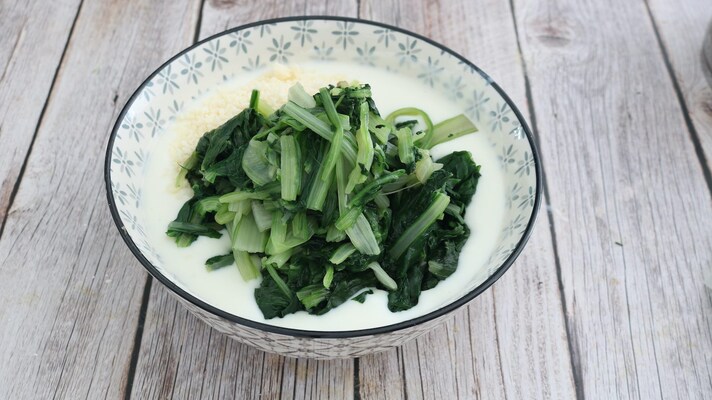
Steaming is one of the best techniques to preserve the nutritional properties of food: chard is no exception. Depending on the size and thickness of the leaves, it can take 10 to 20 minutes to soften them without breaking them: you can use a steamer, a bamboo or metal basket, what matters is that the food does not come into contact with water. In this case too, you can enjoy them with a simple citronette or vinaigrette, or use them to create recipes with a focus on well-being, such as warm salads with legumes.
4. Baked or Gratin
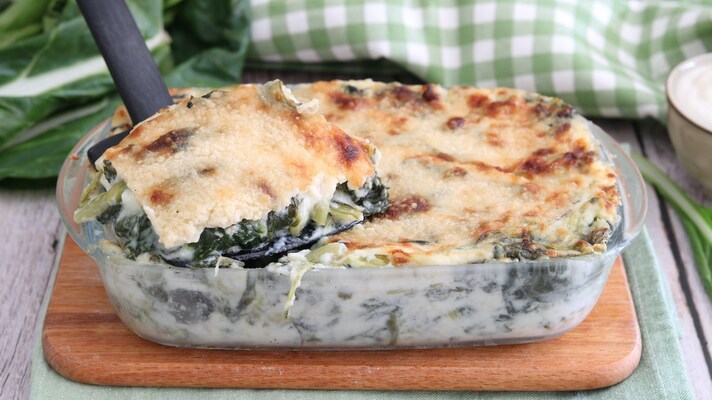
Swiss chard, like chard, can be transformed into rich and substantial dishes. An always appetizing idea is to gratinate them in the oven: after having blanched them, they are roughly chopped and mixed with the béchamel sauce. Pour everything into a baking dish previously greased with butter and sprinkle the surface with parmesan: finally, bake until golden brown. A basic version that can be personalized by adding some stretched curd cheese cut into cubes (such as smoked scamorza), bacon, speck, sausage and breadcrumbs on the surface, to give crunchiness to the crust.
5. Stewed
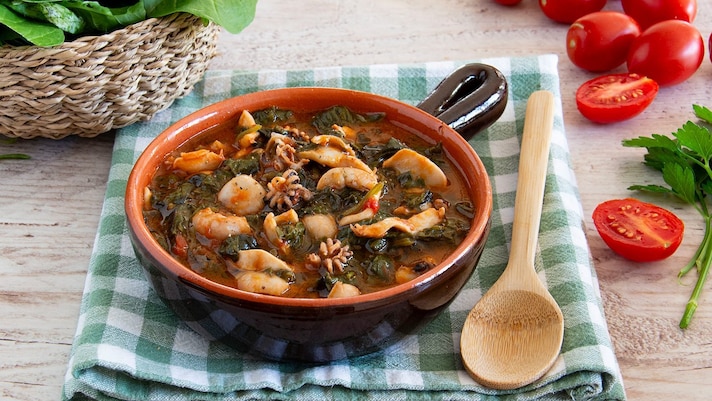
Herbs cooked in fresh tomato sauce, puree or pulp are part of those easy and genuine traditional recipes. Among the regional preparations to take inspiration from are ceci in zimino and seppie in zimino, typical of Liguria, which follow the same principle: stewing legumes and fish together with other vegetables, including chard. The result is a dish with a dense and full-bodied consistency, a real comfort food to accompany with slices of toasted homemade bread.
6. Frying
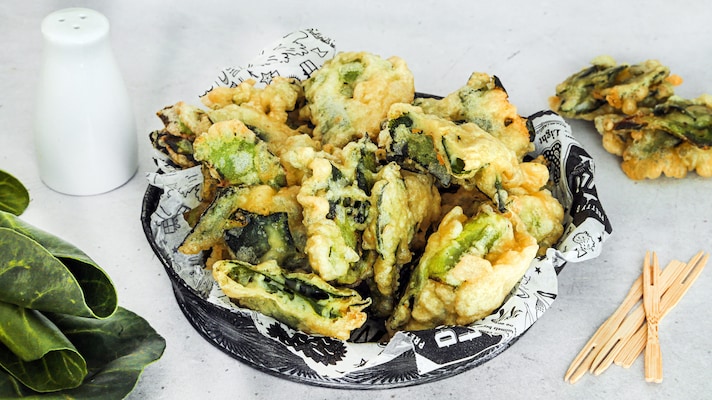
With the herbs or leaves of the chard you can make delicious fritters to serve as a brunch, so as to propose them in a decidedly tasty way. How are they made? Once cleaned and cleaned, the herbs are broken up with the hands and incorporated into a smooth and lump-free batter made from flour, salt, parmesan, black pepper and cold sparkling water. Mix everything together and with the help of a spoon portion and dip into boiling seed oil, leaving to fry for about 2 minutes. The extra touch? Add an irresistible sauce, such as a light mayonnaise with Greek yogurt and lemon.
7. Pasta
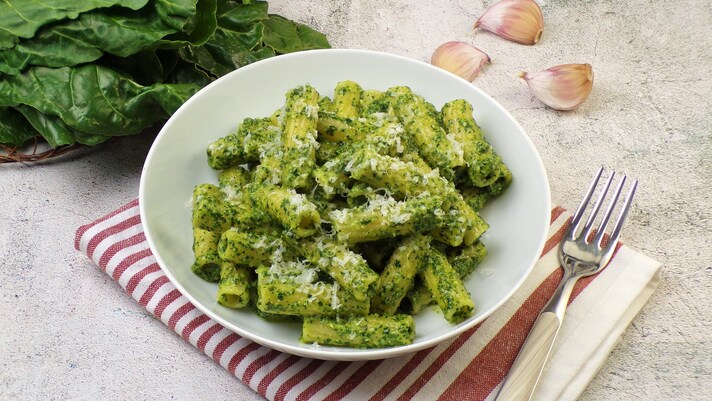
Greens become the protagonists of creative and green main dishes thanks to their delicate, yet herbaceous, very appetizing flavor. After boiling them, you can chop them finely and add them to a bowl with ricotta worked with salt, pepper and aromatic herbs to taste and mix with pasta, keeping a few spoonfuls of cooking water, or prepare a fragrant and creamy pesto: blanch the leaves for a few minutes and then immerse them in cold water to stop the cooking and keep the color alive. Transfer them to the blender jug and blend together with almonds, parmesan, basil, oil and garlic. Without forgetting that chard is used like spinach as a filling for stuffed pasta, such as ravioli, or lasagna.
8. Savory Pies

We conclude with a great classic: Swiss chard is a perfect filling for savory pies, as are the spinach mentioned above, but also wild greens. After cooking them (preferably boiled or steamed) and eliminating all the excess water, mix them with ricotta or other soft cheeses, such as crescenza or robiola. Adding eggs, grated parmesan, a pinch of nutmeg and salt, you get an ideal mixture to pour into a base of puff pastry, brisée or even homemade pasta matta. How to try them? For example in the Easter pie, must-haves of spring.
;Resize,width=767;)
